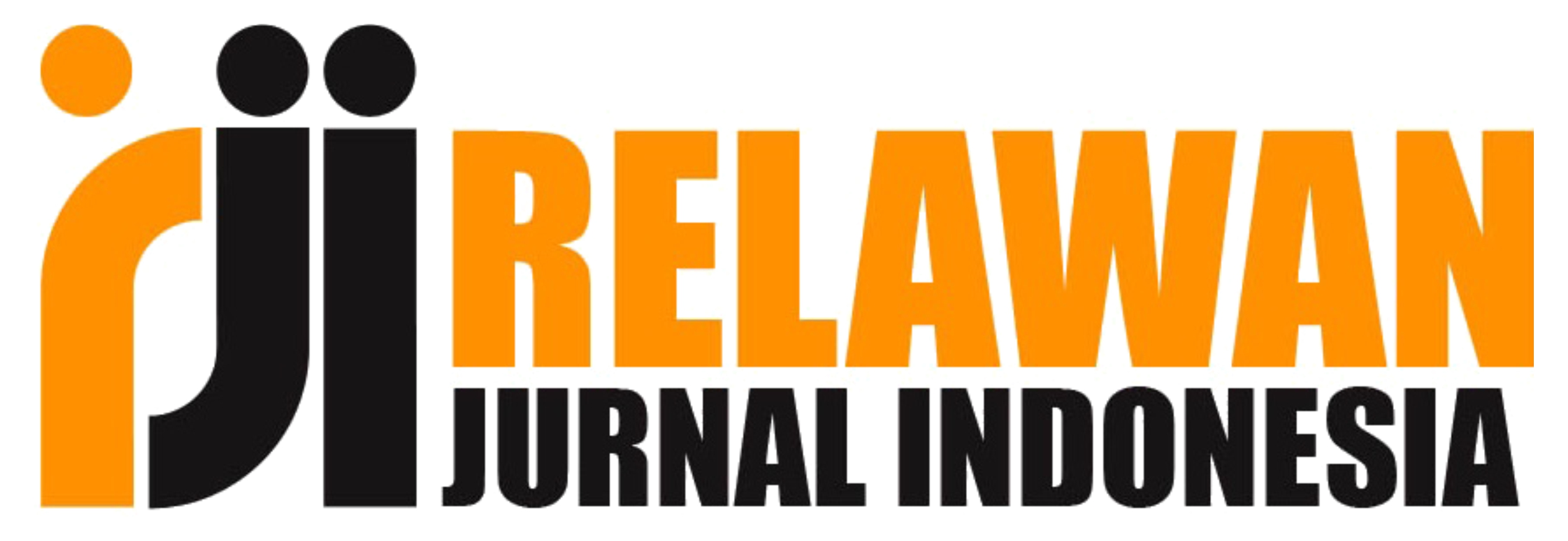Between Home and Office: Exploring Generational Differences in Work Life Balance and Employee Performance in Hybrid Organizations
DOI:
https://doi.org/10.37385/ceej.v6i6.9468Keywords:
work life balance, kinerja karyawan, hybrid work, dukungan organisasiAbstract
Work life balance (WLB) menjadi tantangan utama di era kerja fleksibel, terutama ketika batas antara pekerjaan dan kehidupan pribadi semakin kabur. Penelitian ini bertujuan menggali pengalaman karyawan dalam menyeimbangkan peran kerja–keluarga serta implikasinya terhadap kinerja, dengan menggunakan pendekatan kualitatif fenomenologis. Data dikumpulkan melalui wawancara mendalam dengan lima karyawan dari berbagai generasi di sebuah perusahaan jasa keuangan di Indonesia yang menerapkan sistem kerja hybrid, dengan jumlah partisipan ditentukan hingga mencapai titik jenuh data (data saturation). Analisis tematik digunakan untuk mengidentifikasi pola pengalaman yang berulang. Hasil menunjukkan bahwa fleksibilitas kerja memberikan manfaat signifikan bagi karyawan dengan tanggungan keluarga, meskipun rentan terhadap konflik peran ketika dukungan domestik dan organisasi terbatas. Perbedaan generasional juga muncul: generasi Z lebih tegas menetapkan batas kerja–pribadi, sedangkan generasi Milenial lebih rentan terhadap burnout akibat tumpang tindih peran. Dukungan supervisor, kebijakan hybrid berbasis tugas, dan pelatihan manajemen waktu terbukti menjadi faktor kunci dalam menjaga produktivitas dan keterlibatan karyawan. Penelitian ini berkontribusi pada pengembangan teori WLB dengan menyoroti dimensi tahap kehidupan (life-stage) dan konsistensi implementasi kebijakan (implementation fidelity), serta secara praktis memberikan rekomendasi bagi organisasi untuk merancang kebijakan MSDM yang adaptif, suportif, dan berkelanjutan di konteks negara berkembang
References
Abbas, A., Chengang, Y., Zhuo, S., Bilal, Manzoor, S., Ullah, I., & Mughal, Y. H. (2022). Role of responsible leadership for organizational citizenship behavior for the environment in light of psychological ownership and employee environmental commitment: A moderated mediation model. Frontiers in Psychology, 12(February), 1–13. https://doi.org/10.3389/fpsyg.2021.756570
Ahmad, A., Purwana, D., Saptono, A., & Jakarta, U. N. (2020). The influence of leadership and work environment toward organizational citizenship behavior (OCB) through work satisfaction. Journal of Business and Management Studies, 3(2), 45–56.* (Tambahkan jika ada nama jurnal lengkap dan halaman artikel untuk OJS metadata)
Allen, N. J., & Meyer, J. P. (1990). The measurement and antecedents of affective, continuance, and normative commitment to the organization. Journal of Occupational Psychology, 63(1), 1–18. https://doi.org/10.1111/j.2044-8325.1990.tb00506.x
Allen, T. D., Cho, E., & Meier, L. L. (2020). Work–family interface and work–family conflict: A review and future research agenda. Annual Review of Organizational Psychology and Organizational Behavior, 7, 317–343. https://doi.org/10.1146/annurev-orgpsych-012119-044651
Amelia, F. R., Heriyadi, H., Daud, I., Shalahuddin, A., & Sulistiowati, S. (2023). Influence of work-life balance and job stress on employee performance mediated by job satisfaction among millennial employees. Enrichment: Journal of Management, 13(5), 3066–3081. https://doi.org/10.35335/enrichment.v13i5.1745
Bakker, A. B., & Demerouti, E. (2017). Job demands–resources theory: Taking stock and looking forward. Journal of Occupational Health Psychology, 22(3), 273–285. https://doi.org/10.1037/ocp0000056
Bloom, N., Han, R., & Liang, J. (2023). How hybrid working from home works out. Nature Human Behaviour, 7(1), 46–55. https://doi.org/10.1038/s41562-022-01405-7
Creswell, J. W. (2014). Research design: Qualitative, quantitative, and mixed methods approaches (4th ed.). SAGE Publications.
Edwards, J. R., & Rothbard, N. P. (2000). Mechanisms linking work and family: Clarifying the relationship between work and family constructs. Academy of Management Review, 25(1), 178–199. https://doi.org/10.5465/amr.2000.2791609
Eurofound, & International Labour Organization. (2017). Working anytime, anywhere: The effects on the world of work. Publications Office of the European Union.
Gallup. (2023). State of the global workplace 2023 report. Gallup Press.
Greenhaus, J. H., & Allen, T. D. (2011). Work–family balance: A review and extension of the literature. In J. C. Quick & L. E. Tetrick (Eds.), Handbook of occupational health psychology (pp. 165–183). American Psychological Association. https://doi.org/10.1037/12331-009
Greenhaus, J. H., & Powell, G. N. (2006). When work and family are allies: A theory of work–family enrichment. Academy of Management Review, 31(1), 72–92. https://doi.org/10.5465/amr.2006.19379625
Hagi, N. (2024). Work-life balance practices in the hospitality industry: A qualitative exploration. Journal of Hospitality Management Research, 45(2), 221–239.* (Tambahkan DOI jika tersedia)
Hobfoll, S. E. (1989). Conservation of resources: A new attempt at conceptualizing stress. American Psychologist, 44(3), 513–524. https://doi.org/10.1037/0003-066X.44.3.513
Kossek, E. E., Perrigino, M. B., & Lautsch, B. A. (2023). Work-life flexibility policies from a boundary control and implementation perspective: A review and research framework. Journal of Management, 49(6), 2062–2108. https://doi.org/10.1177/01492063221140354
Lazar, I., Osoian, C., & Ratiu, P. (2024). Work-life balance and organizational commitment: The mediating role of job satisfaction. Frontiers in Psychology, 15, 1284. https://doi.org/10.3389/fpsyg.2024.01284
Medina-Garrido, J. A., Biedma-Ferrer, J. M., & Ramos-Rodríguez, A. R. (2023). Work-life balance and performance: The mediating role of employee well-being. Sustainability, 15(4), 3221. https://doi.org/10.3390/su15043221
Miles, M. B., & Huberman, A. M. (1992). Qualitative data analysis: An expanded sourcebook (2nd ed.). SAGE Publications.
Moleong, L. J. (2016). Metodologi penelitian kualitatif (Edisi revisi). PT Remaja Rosdakarya.
Pane, S. G. (2022). Improving employee performance through work-life balance: A study on the mediation of job satisfaction and work stress at PLN Aceh Province. MIX: Jurnal Ilmiah Manajemen, 12(2), 223–240. https://publikasi.mercubuana.ac.id/index.php/Jurnal_Mix/article/view/31810
Sugiyono. (2013). Metode penelitian kuantitatif, kualitatif, dan R&D. Alfabeta.
Udin, U. (2023). The impact of work-life balance on employee performance: Mediating role of affective commitment and job satisfaction. International Journal of Sustainable Development and Planning, 18(11), 3411–3418. https://doi.org/10.18280/ijsdp.181131
Vaziri, H., Casper, W. J., Wayne, J. H., & Matthews, R. A. (2023). Changes to the work–family interface during the COVID-19 pandemic: Examining predictors and implications using latent transition analysis. Personnel Psychology, 76(1), 179–204. https://doi.org/10.1111/peps.12529
Wang, B., Liu, Y., Qian, J., & Parker, S. K. (2020). Achieving effective remote working during the COVID-19 pandemic: A work design perspective. Applied Psychology, 70(1), 16–59. https://doi.org/10.1111/apps.12290
Zhang, J. (2022). Family-supportive supervisor behaviors and work-life balance: Implications for job performance in Chinese firms. Asia Pacific Journal of Human Resources, 60(3), 377–396. https://doi.org/10.1111/1744-7941.12345




 Template
Template



